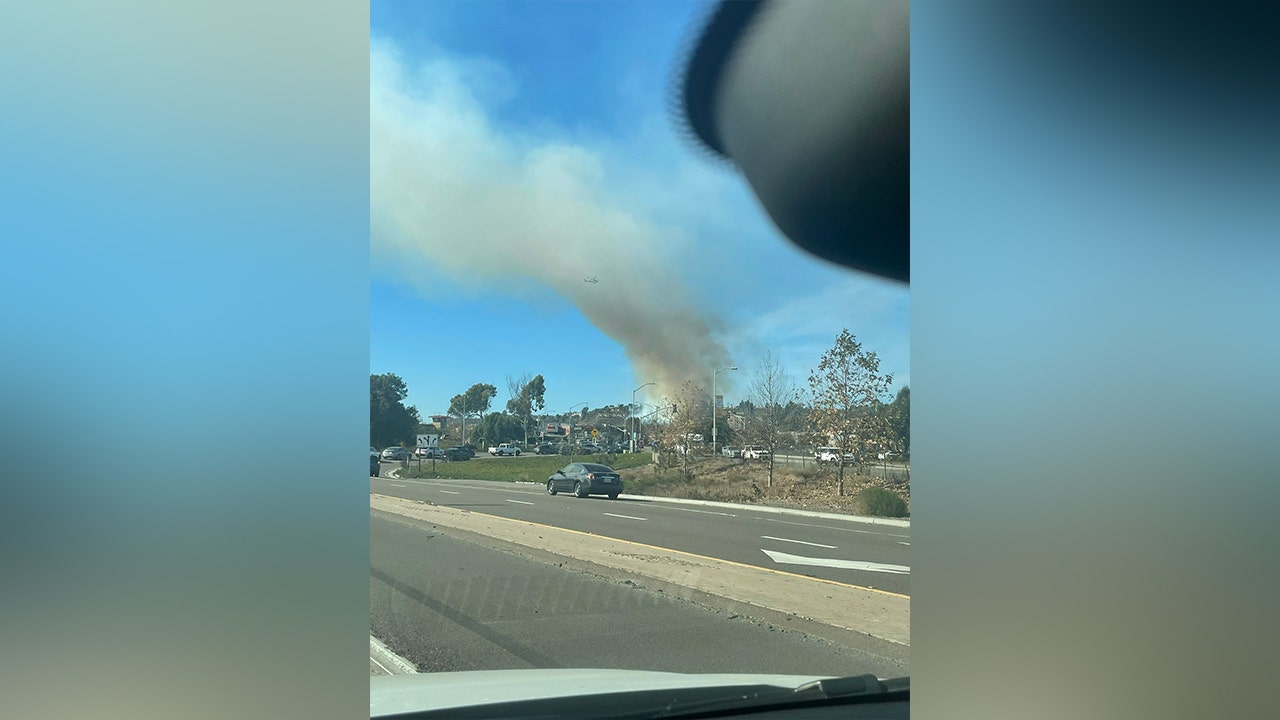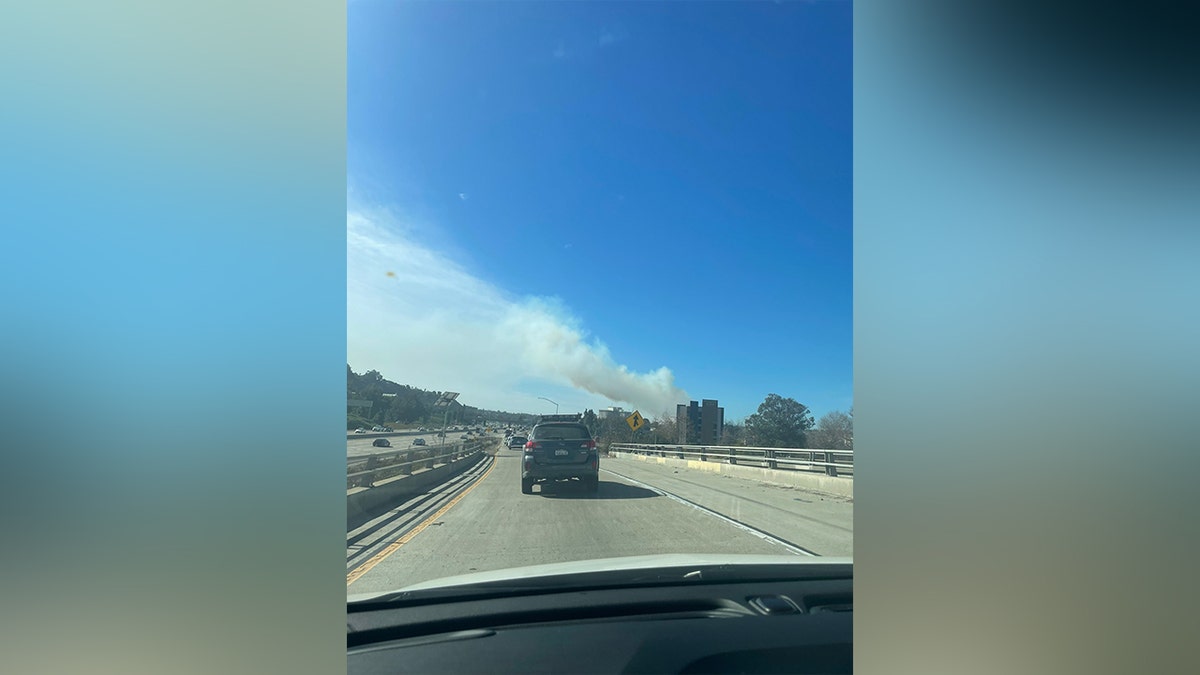San Diego Fire: A Community's Fight Against the Flames
The city of San Diego, California, is no stranger to wildfires. With its Mediterranean climate and dry terrain, the region is prone to devastating blazes that can spread quickly and destroy everything in their path. The 2017 Cedar Fire, the 2007 Witch Creek Fire, and the 2003 Old Fire are just a few examples of the many wildfires that have ravaged the city over the years. However, in recent years, the San Diego Fire Department has made significant strides in preventing and responding to wildfires, and the community has come together to support each other in the face of these destructive events.
The San Diego Fire Department is one of the largest and most experienced fire departments in the country. With over 1,000 firefighters and 120 fire stations, the department is equipped to handle even the largest and most complex wildfires. The department's firefighters are trained in the latest techniques and technologies, including aerial firefighting, ground attack, and wildland fire management. They also work closely with other agencies, including the U.S. Forest Service and the California Highway Patrol, to ensure that wildfires are contained quickly and safely.
Despite the department's best efforts, wildfires can still have a devastating impact on the community. The 2017 Cedar Fire, which burned over 160,000 acres and destroyed over 1,900 structures, is a prime example of the destructive power of wildfires. The fire forced thousands of people to evacuate their homes and businesses, and left many more without access to basic necessities like food and water. The fire also had a significant impact on the local economy, with estimated losses of over $1 billion.
However, the San Diego Fire Department has implemented a number of measures to mitigate the impact of wildfires on the community. One of the most significant initiatives is the creation of a wildfire risk management plan. This plan identifies areas of high wildfire risk and develops strategies to mitigate those risks, including defensible space creation, fuel reduction, and prescribed burning. The department also works closely with local residents and businesses to promote wildfire safety and education.
In addition to these initiatives, the San Diego Fire Department has also invested heavily in technology and innovation. The department has implemented a number of cutting-edge technologies, including unmanned aerial vehicles (UAVs), drones, and satellite imaging. These technologies allow firefighters to gather critical information about the fire, including its size, location, and spread, and to make more informed decisions about how to contain it.
History of Wildfires in San Diego
San Diego has a long history of wildfires, dating back to the early days of the city. The first recorded wildfire in San Diego occurred in 1838, when a fire burned down several homes and businesses in the Mission Valley area. Over the years, wildfires have become more frequent and more destructive, with the 2007 Witch Creek Fire and the 2003 Old Fire being two of the most notable examples.
| Year | Fire Name | Acres Burned | Structures Destroyed |
|---|---|---|---|
| 1838 | Mission Valley Fire | - | - |
| 1911 | La Jolla Fire | - | - |
| 1949 | Paradise Fire | 1,000 | 1 |
| 1957 | San Ysidro Fire | 10,000 | 10 |
| 1978 | Tecolote Canyon Fire | 1,500 | 10 |
| 1984 | Geneseo Fire | 10,000 | 20 |
| 2003 | Old Fire | 280,000 | 2,500 |
| 2007 | Witch Creek Fire | 281,000 | 2,650 |
| 2017 | Cedar Fire | 160,000 | 1,900 |
Firefighting Techniques and Strategies
The San Diego Fire Department uses a variety of techniques and strategies to fight wildfires, including:
- Aerial firefighting: The department uses helicopters and airplanes to drop fire retardant and water on the fire.
- Ground attack: Firefighters on the ground use equipment such as bulldozers and water trucks to contain the fire.
- Wildland fire management: The department works to prevent wildfires from starting in the first place by conducting prescribed burns and fuel reduction treatments.
- Fire suppression: Firefighters use water and fire retardant to extinguish the fire.
Ground Attack Techniques
The ground attack is a critical component of wildfire fighting. Firefighters use a variety of techniques to contain the fire, including:
- Creating fire breaks: Firefighters create fire breaks by clearing vegetation and debris to stop the fire from spreading.
- Building fire lines: Firefighters build fire lines by constructing a barrier of fire retardant and water to contain the fire.
- Conducting backburns: Firefighters conduct backburns to remove fuels and create a fire break.
Aerial Firefighting Techniques
Aerial firefighting is an essential component of wildfire fighting. The department uses a variety of techniques to drop fire retardant and water on the fire, including:
- Helicopter water drops: Firefighters use helicopters to drop water on the fire.
- Air tanker drops: Firefighters use air tankers to drop fire retardant on the fire.
- Aerial retardant application: Firefighters use aircraft to apply fire retardant to the fire.
Community Involvement and Education
Community involvement and education are critical components of wildfire prevention and mitigation. The San Diego Fire Department works closely with local residents and businesses to promote wildfire safety and education, including:
- Fire risk assessments: The department conducts fire risk assessments to identify areas of high wildfire risk.
- Defensible space creation: The department works with local residents to create defensible space around homes and businesses.
- Wildfire safety education: The department provides wildfire safety education to the public, including information on evacuation procedures and wildfire prevention tips.
Community Resources
Ranran Fujii Insta
Youngllen Pompeo
Tell Me Atory Kpkuang
Article Recommendations
- Madison Beer Parents
- Metro Boomin Height
- Nikki C
- Billytranger Things
- Chaun Woo Parents
- Jackoherty
- Paige Vanzant
- Andielle
- Is Gloria Borger Ill
- Jameliz Benitez Fans



